GUEST BLOGGER KATHRYN HULICK
What constellations do you recognize? If you live in North America, you might know the Big Dipper, which helps point the way to the North Star, Polaris. Or perhaps you recognize the iconic belt of Orion, the hunter. You may also know Cassiopeia, the queen. This constellation resembles a large W or M as it rotates around in the night sky. When I was young, my mom took me and my siblings outside at night regularly to stargaze. Sometimes, we watched for meteors. Other times, we brought a telescope and looked at planets. Always, we pointed out constellations.
Field guide to the night sky
Constellations act as a map of the night sky. Astronomers use them to track where to find important features of the universe, such as galaxies, nebulae, meteor showers, and more. If your students are interested in learning more about the night sky, they can check out my new book, Field Guides: The Night Sky (ABDO, 2022)
The book includes 100 features we can see in the night sky, including planets, stars, constellations, galaxies, nebulae, and even human-made satellites. Most of the features included in the book can be viewed with the naked eye. Others require a telescope.
Astronomers look to stars to learn about our universe. Meanwhile, constellations star in the mythology of cultures all around the world. (Notice the pun?) Probably for all of human history, people have been seeing figures, animals, and objects that are important to their culture in patterns of stars. They connect the dots in different ways, but they have all told stories about constellations.
For example, in Greek mythology, Cassiopeia was a vain queen. The Sami people of Scandinavia saw this constellation as the antlers of a moose. And the Navajo of North America saw these stars as the first woman. The Big Dipper was the first man and the North Star was their home fire. (See page 34 of Field Guides: The Night Sky, ABDO, 2022)
In this activity, you and your students will join in this long tradition and invent your own star stories.
Activity: Invent your own constellation
Choose a constellation
For this step, your students can look at my book, a star chart, or any list of constellations. Or they can head outside at night and use an app like SkyView to find constellations.
Research the constellation
Your students should use my book or online resources to learn about their chosen constellation. What culture does its name come from? Do other cultures have their own, different names for this constellation? What stories have been told about this constellation?
Discover the astronomy of the constellation
Using books or other resources, your students should find at least one interesting star, nebula, galaxy, or other astronomical feature located in their chosen constellation. They should identify it and write about why it is important. For example, the constellation Serpens contains the famous pillars of creation, shown here in this image by the James Webb Space Telescope. It is a section of the Eagle Nebula, which is a place where stars are being born.
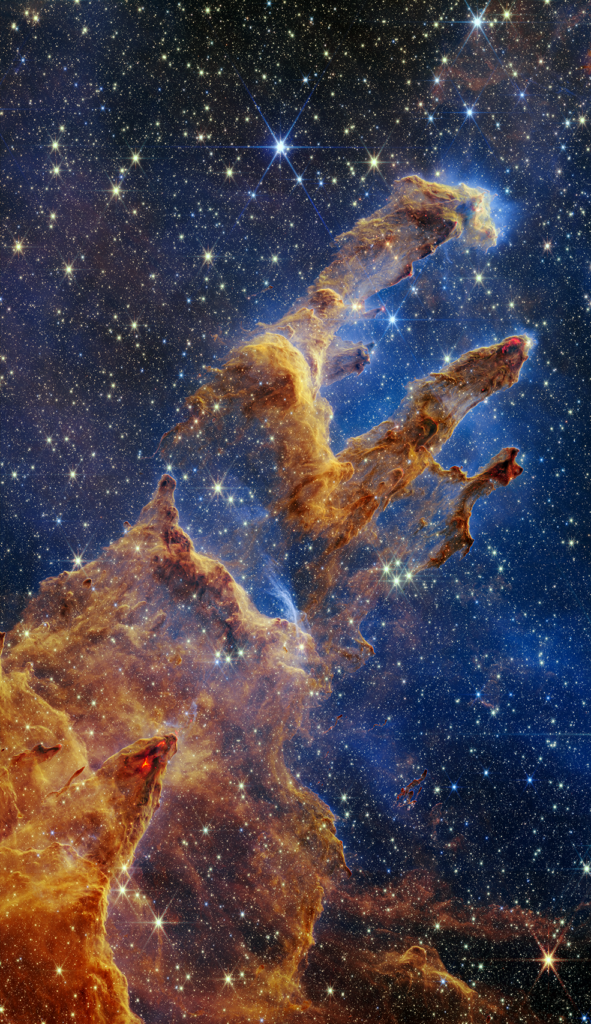
All JWST images are in the public domain.
Credits: NASA, ESA, CSA, STScI; Joseph DePasquale (STScI), Anton M. Koekemoer (STScI), Alyssa Pagan (STScI).
Remove any lines or decorations
Your students should create an image of only the stars in the constellation. There shouldn’t be any lines or other artistic decorations connecting them into a shape. Students can draw the pattern of dots representing the stars or use an image editing program to remove lines.
What do you see in these stars? Draw new lines.
Your students should think about what else this pattern of dots might look like. They should think about things that are important to them, such as favorite people, pets, activities, places, stories, or heroes. They should draw lines and decorations to create a new constellation that represents something meaningful to them.
Tell a story about your constellation.
Your students should invent a story about their constellation. Any story is fine. If they are having trouble getting started, ask them to tell the story of how this person/animal/object wound up in the night sky as a constellation.
Class discussion
This activity is a great jumping-off point for discussions about science and storytelling. Why do we still identify constellations, even though we now know that stars are actually gigantic balls of hot gas? How did you feel about your chosen constellation after telling a personal story about it? Do you think it might be easier to remember constellations and astronomy facts when you associate them with a story?
Featured image credit: Kathryn Hulick – The night sky over Nubanusit Lake in New Hampshire.
Kathryn Hulick is author of many books about science for young people, including WELCOME TO THE FUTURE: Robot Friends, Fusion Energy, Pet Dinosaurs, and More (Quarto, 2021). She writes regularly for Science News Explores, Muse magazine, and Front Vision. She has covered topics ranging from video games and artificial intelligence to energy technology and dinosaurs. In addition to writing, Hulick enjoys hiking, painting, reading, and caring for her numerous house plants. Hulick lives in Massachusetts with her husband, son and dog. You can reach her at http://kathrynhulick.com/ on Twitter @khulick and on Instagram or TikTok @kathryn_hulick


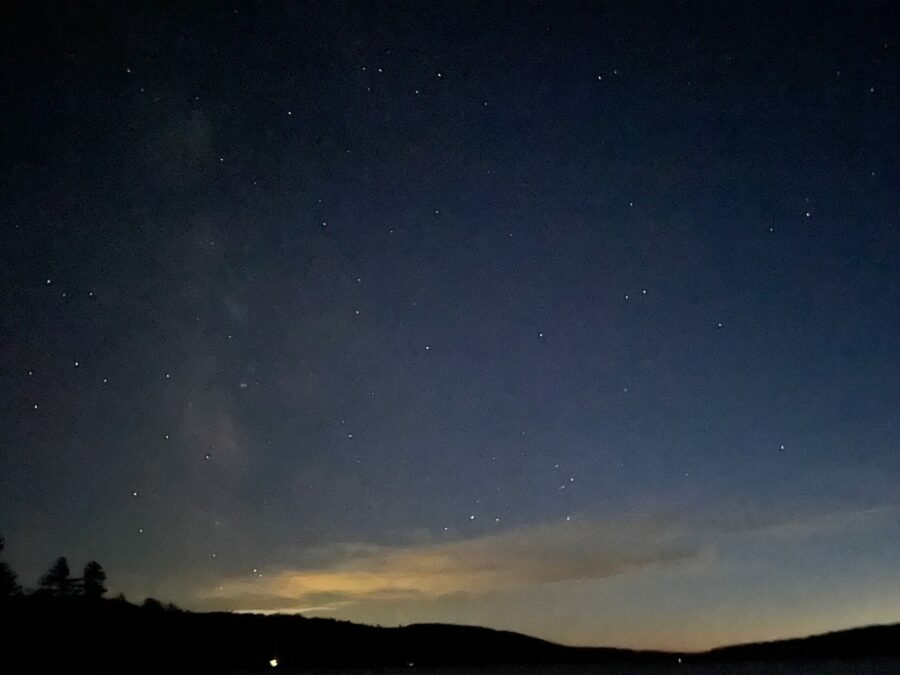
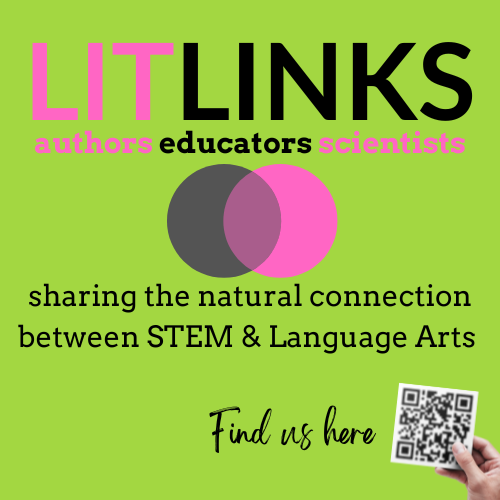
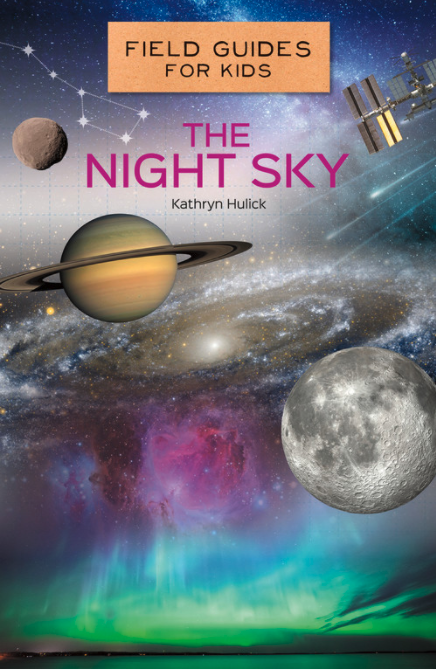
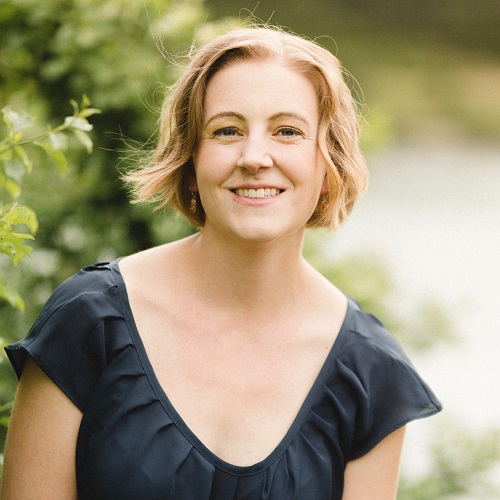
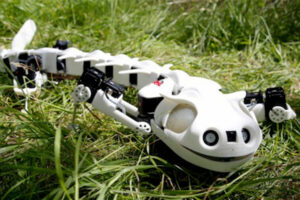

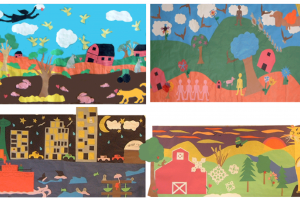


Leave a Reply
Your email is safe with me.